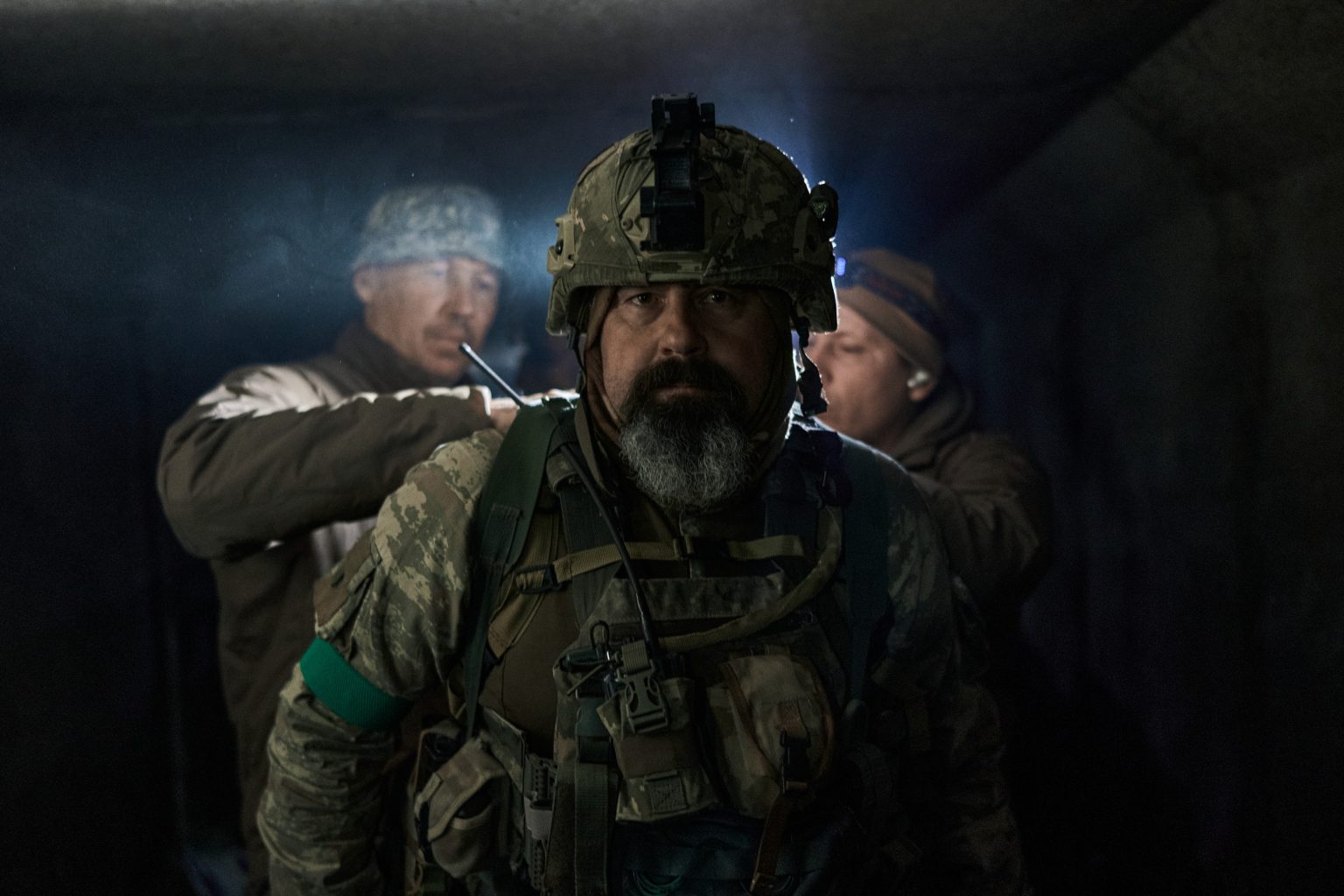A Russian military blogger expressed concern on Telegram about Ukraine’s new “dragon drones” equipped with thermite charges, stating that soldiers are left to fend for themselves in the face of this new threat. The blogger highlighted the lack of countermeasures against the drones and advised soldiers to build dugouts from concrete and firebrick to protect themselves. The drones have been showcased in various videos by Ukrainian military forces, demonstrating their capability to burn through vehicle armor with temperatures exceeding 4,000 degrees Fahrenheit.
The drones have posed a significant challenge for Russian troops, with strategies evolving from using nets to prevent the drones from entering dugouts to finding ways to avoid detection by the thermal imaging of the drones. The military blogger emphasized the need for soldiers to dig deeper into the ground, use sand as a protective measure, and consider fireproof materials like brick and concrete for added safety. The reality of having to enhance safety measures under the threat of new technologies is acknowledged, with soldiers bearing the cost of implementing these measures.
Russian troops are grappling with the innovative threat posed by the drones, which drop thermite charges that ignite upon impact. The impact of the drones was captured in footage showing trees ablaze near Russian positions, showcasing the destructive power of the thermite charges. The use of thermite presents a new dimension to the fear of drones, as it not only causes damage to the environment but also poses a direct threat to soldiers with severe burns and equipment damage. This development in drone warfare highlights the evolving tactics in conflict zones, pushing for adaptability and innovative solutions from military forces.
The OSINT analyst Emil Kastehelmi commented on the psychological impact of the “dragon drones,” noting the terror induced by the use of thermite charges from drones. The ability of thermite to cause severe burns and damage to equipment and fortifications underscores the effectiveness of these drones in reconnaissance and strike missions. The fear instilled by the prospect of fire raining down from the sky adds a new element of unpredictability and danger on the battlefield. While the full impact of the drones on warfare is yet to be assessed, there is speculation that Russia may also adopt similar tactics if proven effective.
The mention of potential adoption by Russia highlights the strategic implications of new technologies in warfare and the rapid evolution of tactics to counter emerging threats. The need for constant vigilance and adaptation to advancements in military technology is emphasized, as soldiers are faced with the challenge of navigating unfamiliar terrain with limited resources. The urgency to prioritize safety measures and protective mechanisms underscores the importance of staying ahead of the curve in warfare. The impact of the “dragon drones” on the Russia-Ukraine conflict remains to be seen, but the specter of technological innovation looms large in shaping the dynamics of modern warfare.








